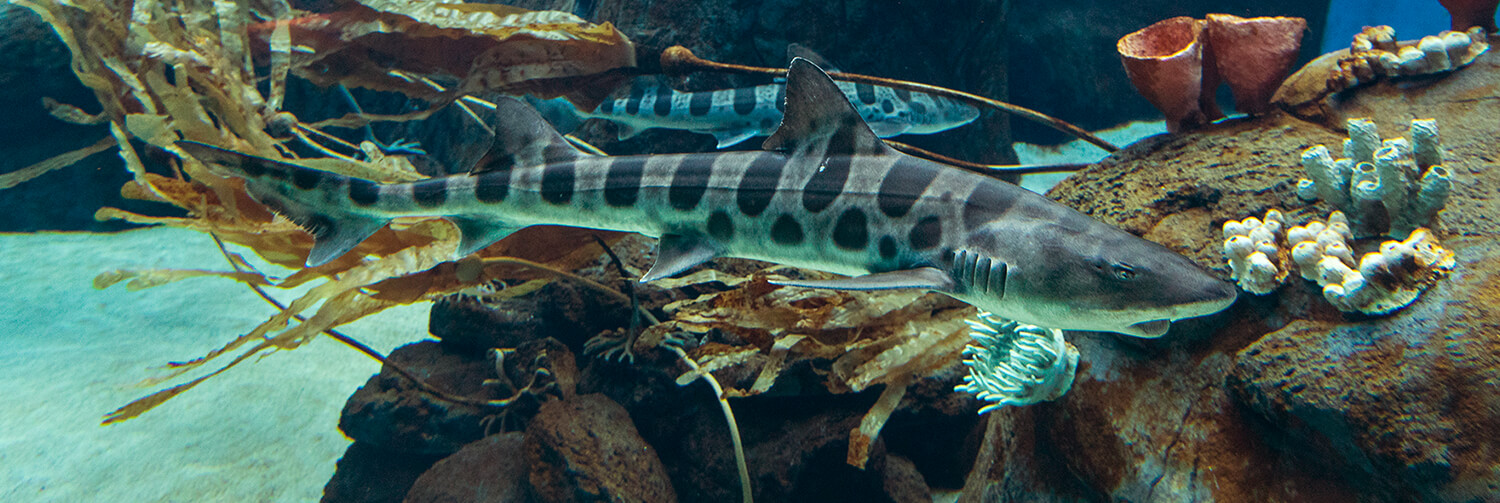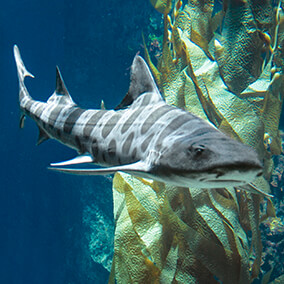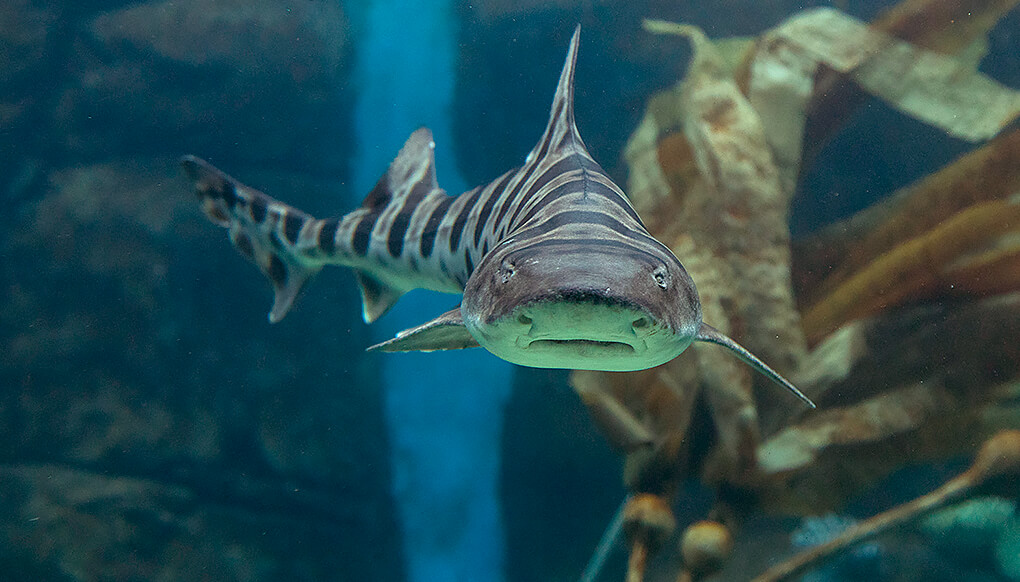
Leopard shark
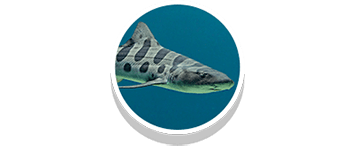
Fish


Stable
facts
Leopard sharks eat crabs, fish eggs, clam siphons, and burrowing worm species. As they grow older, they eat more fish. They have even been found with other sharks, rays, and octopus in their stomachs!

description
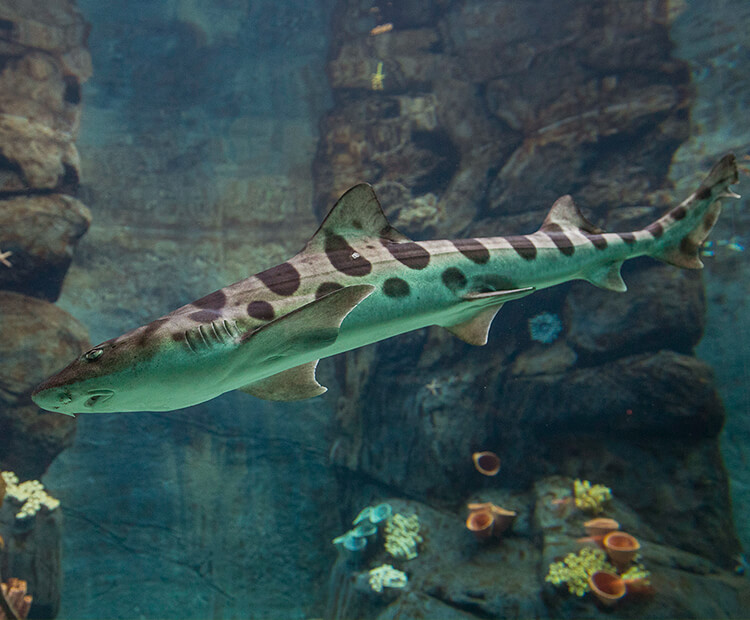
Leopard sharks inhabit a narrow band of ocean and inlet areas in the Pacific Ocean between Oregon and the Gulf of Mexico. They are some of the most common sharks found along the coast of California. These sharks have dark, saddle-shaped splotches along the fins and upper body.
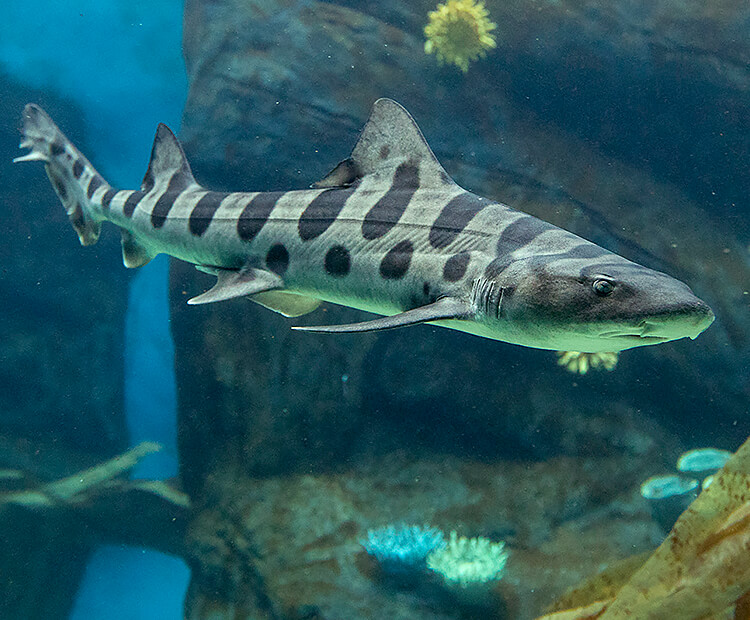
Fish or mammal?
Sharks are cartilaginous fish, which means that their skeletons are made entirely of cartilage (the same squishy material that is found in our human nose and ears). They are a lot more flexible than their "bony" fish cousins.
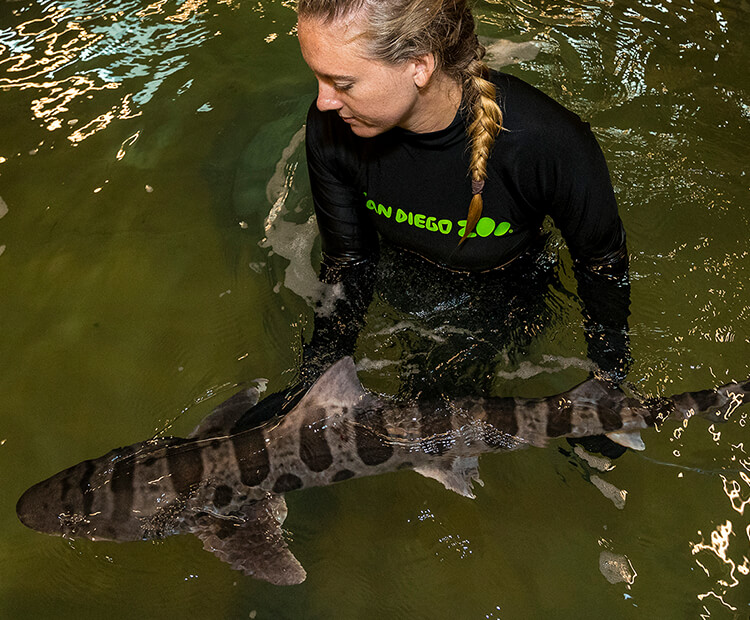
Friend, not food
There are no reported fatal attacks on humans by leopard sharks. In fact, there are only a handful of reported “attacks” by leopard sharks at all. These attacks could be in the form of the shark just bumping into a human.

However, leopard sharks are occasionally caught as a food source for humans. Because of their slow growth rate, late maturity, and low reproductive output, catching too many leopard sharks can cause their populations to rapidly decline.

